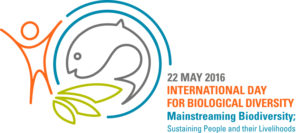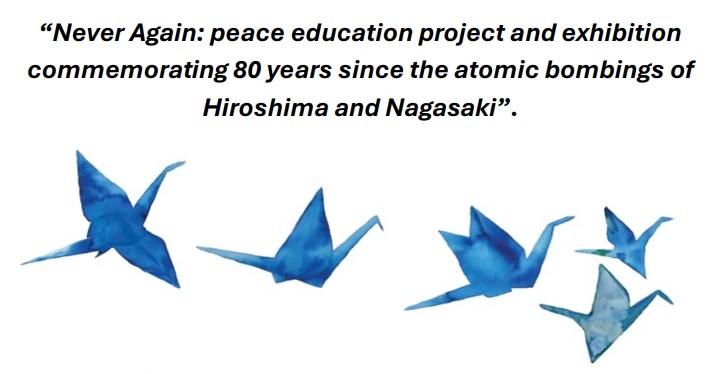International Day for Biological Diversity
Biodiversity in Western Australia
One World Centre Resources
Related Curriculum Content and Codes
22 May is International Day for Biological Diversity 2016
“Biodiversity is the variety of all life forms: the different plants, animals and micro-organisms, their genes and the ecosystems of which they are a part. This day helps us focus on how dependent we are on biodiversity for our survival and quality of life.” (from Global Education Website)
“Biodiversity is the foundation for life and for the essential services provided by ecosystems. It therefore underpins peoples’ livelihoods and sustainable development in all areas of activity, including economic sectors such as agriculture, forestry, fisheries and tourism, among others. By halting biodiversity loss, we are investing in people, their lives and their well-being.” (From The Convention on Biological Diversity)
To find out about International Day for Biological Diversity go to https://www.cbd.int/idb/2016/
For some useful fact sheets, look at the Convention on Biological Diversity Website
Biodiversity in Western Australia
Did you know, the South West Australia Ecoregion (SWAE) is a Global Biodiversity Hotspot, one of only 34 in the world and the only one in Australia?
According to the World Wildlife Fund, “Global biodiversity “hotspots” are the richest and most threatened reservoirs of plant and animal life on Earth. The SWAE is a vital and valuable part of Earth’s natural heritage. Conservation of its biodiversity is the responsibility of all Australians.” (WWF SWAE Biodiversity Hotspot)
This WWF booklet contains information about the South West Australia Ecoregion: SOUTH WEST AUSTALIA ECOREGION: Jewel of the Australian Continent
One World Centre Resources
In the One World Centre resources on Forests, biodiversity is explored in relation to
-
cultural perspectives
-
biological and cultural systems
-
landscapes and land management
-
development
-
interdependence
-
climate change
-
sustainability and sustainable futures
-
social justice and human rights

